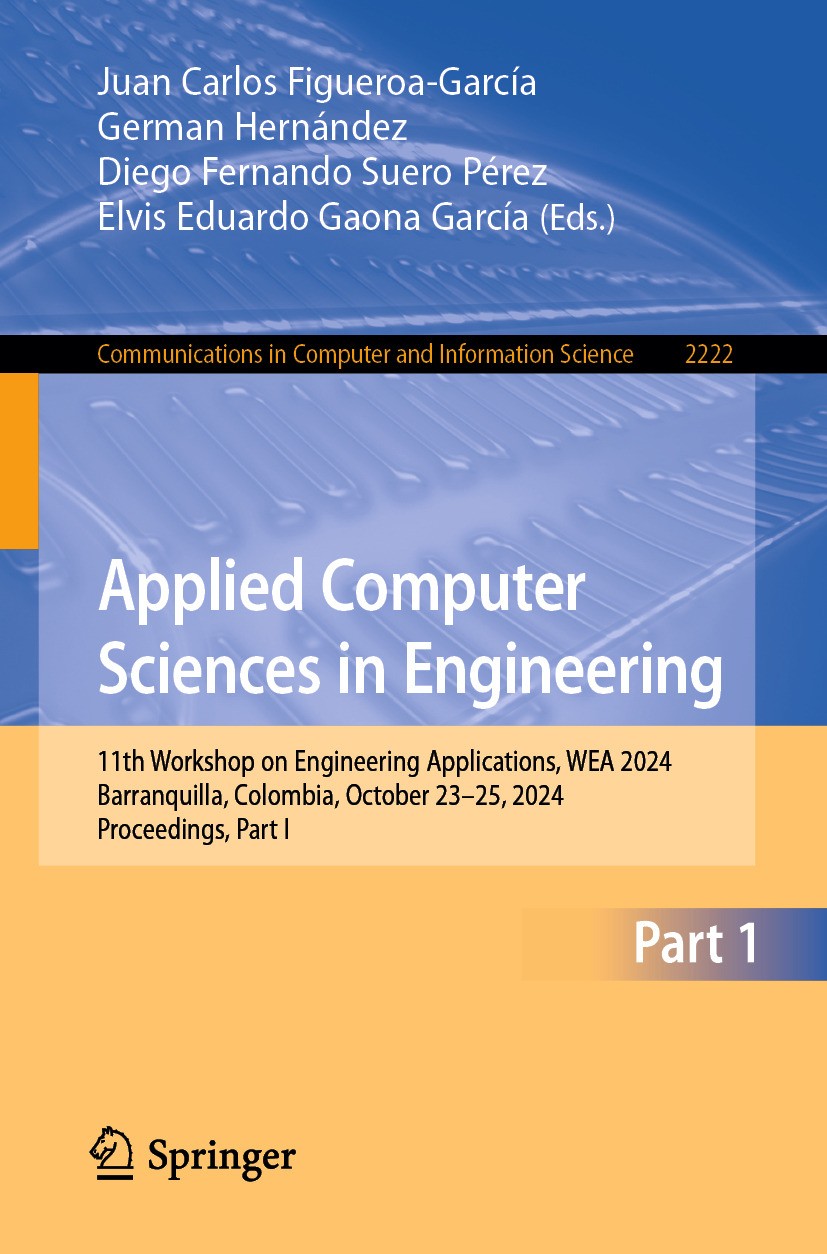| 期刊全称 | Applied Computer Sciences in Engineering | | 期刊简称 | 11th Workshop on Eng | | 影响因子2023 | Juan Carlos Figueroa-García,German Hernández,Elvis | | 视频video | http://file.papertrans.cn/168/167503/167503.mp4 | | 学科分类 | Communications in Computer and Information Science | | 图书封面 |  | | 影响因子 | .The two-volume set CCIS 2222 + 2223 constitutes the proceedings of the 11th Workshop on Engineering Applications, WEA 2024, which took place in Barranquilla, Colombia, during October 23–25, 2024...The 42 full papers presented here were carefully reviewed and selected from 97 submissions. The papers are organized in the following topical sections:..Part I - Artificial Intelligence...Part II - Optimization; Simulation; Applications.. | | Pindex | Conference proceedings 2025 |
The information of publication is updating

|
|
 |Archiver|手机版|小黑屋|
派博传思国际
( 京公网安备110108008328)
GMT+8, 2025-11-13 14:26
|Archiver|手机版|小黑屋|
派博传思国际
( 京公网安备110108008328)
GMT+8, 2025-11-13 14:26


